Despite a cooling market, these five cars posted big gains
Another quarter has come to pass, which means another update to the Hagerty Price Guide is here. Following a confusing start to the year that created more questions than answers, some clarity has come to the market. While indications are that the market is cooling off at the moment, it is important to remember that we’re overall still at a more active point than before the pandemic.
Positive movement for some car values reflect this situation, and the thriving sub-$50,000 market is a perfect demonstration of the slower-but-healthy collector world we’re currently inhabiting. Of our biggest movers for this most recent update, the bulk of them were solidly in this “affordable” category. That said, there has been some love spread out among six- and seven-figure cars, too. Here are five of the most significant movers from the latest Hagerty Price Guide.
2004 Volkswagen Golf R32 +46%

For once, when we say R32, we are not talking about Nissan GT-Rs (a shocking departure for your author), but instead the hottest of the mid-2000s hot hatches. The Mk IV Volkswagen Golf R32 is one of the newest additions to the Hagerty Price Guide and it has been doing exceptionally well in the market.
Launched in Europe in 2003, the R32 was a much meaner GTI in every way. Of course, the headlining feature was the 240-horsepower, 3.2-liter VR6 engine, but unlike the front-wheel-drive GTI, the R32 had a Haldex all-wheel-drive setup installed to better distribute the horsepower. This propelled these cars from 0-60 mph in 6.6 seconds, which was an impressive feat at the time. The R32 was such a success in Europe that VW decided to share them with the American market for 2004. It was just as popular here, quickly selling out all 5,000 units destined for the States.
These days, Mk IV Golf R32s are in demand, with clean, well-maintained cars transacting in the $30,000 range (about original MSRP), and as-new cars bringing substantially more. R32s are appreciating quickly: it wasn’t more than a year ago that an example in perfect condition could be had for that same $30,000. Meanwhile, a 97-mile example sold on Bring A Trailer in February for $109,000, including fees. Is a six-figure price tag repeatable for the R32? Well, they’re limited-production, quick, and iconic in the hot hatch world. It wasn’t long ago that the Hundred Grand Club seemed implausible for the Integra Type-R, so it’s not out of the realm of possibility for the R32. You decide.
1977 Pontiac LeMans Can Am +40%

The muscle car era may have come to an end by the early 1970s, choked to death figuratively by insurance costs and literally by smog regulations. But that didn’t mean auto manufacturers didn’t try to keep the party going. A plethora of cars with sporty graphics packages and aerodynamics kits started to hit the market shortly after, bringing us hits such as the Dodge Magnum, Chevy Laguna and the Oldsmobile Hurst/Olds. The undisputed king of 1970s sports packages, however was Pontiac. Best known for the Trans Am and its role in Smokey and the Bandit, they also brought about the sporty, mid-size Grand Am and, perhaps best of all, the limited run Can Am.
This 1977-only, LeMans-based mid-size melded together the best parts of the LeMans and Trans Am. The attractive colonnade styling was adorned with a set of Rally II or snowflake wheels, Trans Am-styled spoilers, and most importantly, a shaker hood scoop. Under the hood came two options, the venerable 400 Pontiac, or if you lived in California or high-altitude areas, a 403-cid engine sourced from Oldsmobile. The LeMans interior was reportedly upgraded with gear from the Grand Prix for a sportier look. Overall, the Can Am was a hit. Orders greatly exceeded the planned 2,500-unit production run, but a broken spoiler mould halted production at 1133.
The Can Am’s 40 percent surge puts it toward the top of cars that saw their values increase, but it isn’t an outlier in this segment, or for Pontiac. A notable uptick in activity in mid-size Pontiacs from the mid-70s means that its sister car, the Grand Prix, also experienced a bump in value to the tune of around 30 percent. Don’t worry though, these cars are still attainable, with a “good” example running around $25,000 and a show-quality car costing around $42,000. Not a bad deal when you consider how special these cars are. However, as anyone with experience with mid-’70s GM iron is well aware, the increase in interest hasn’t yet equated to restoration support, so it is still crucial to buy the best example you can find. Those in this market likely know this well, and there’s a good chance that has contributed to rising prices at the very top of this segment.
1997-2004 Lotus Esprit S4 V-8 +33%

Up until recently, the S4 Lotus Esprit hadn’t garnered the same attention as its analog sports car peers. To an extent, that makes sense. By the early ’90s, the Esprit was old—the model had been around since 1976, and exotics were becoming ever more capable. To help extend its life, Lotus gave the car a substantial facelift in 1994, and a twin-turbo V-8 debuted in 1996 to help it keep pace with contemporary peers like the NSX, 911, and even various Ferraris. Despite that, it never attained the legendary status of most of those models. That lack of interest in the collector market appears to have turned a corner, however.
“More of them have been coming to market and at numbers too big to ignore” says senior auction editor and Lotus guru Andrew Newton. “I think these were undervalued for a long time relative to their rarity, looks, and performance,” he adds. As values of more well-known brands have gotten out of reach, enthusiasts may be looking toward the V-8 Esprit’s similar performance on a relative budget. An excellent example can be had for just under $100,000, a fraction of its contemporary competition.
Audi Coupe GT +27%

Audi’s Coupe GT doesn’t garner the attention of the sportier Quattro, but it is not the Quattro that posted big gains this quarter. Positioned as a downmarket car compared to the Quattro, the Coupe GT brings all the looks to the table without the frills. As the lack of the “Quattro” nomenclature would suggest, these were not full-time all-wheel-drive cars. The Coupe GT was available with the five-cylinder engine that Audis from this era are so well known for, but there was no fire-breathing turbo option.
While the Coupe GT is not a car often seen on the market these days, they have been commanding higher and higher prices each time they do surface. Rarity, a lower entry point than the Quattro, and general economic forces like inflation and the expanding market over the past three years are all likely contributing factors. Not to worry though, the best-in-the-world example is still a sub-$30,000 car and a nice driver is less than half that. The challenge? Finding one.
1998-1999 Mercedes-Benz CLK GTR +30%

They had liftoff at Le Mans back in 1999, and now Mercedes-Benz CLK GTRs are soaring in value. Essentially a street legal version of a Le Mans prototype, it should come as no surprise that the CLK GTR’s values are tracking alongside the broader rise of supercars from this era, and now touch $10 million for examples in top condition. The closest comparisons for the insanity and exclusivity of the Merc are the McLaren F1 and Porsche 911 GT1, and the McLaren is a $20 million+ car without the Le Mans package installed from the factory. With a much more common Ferrari F50 now worth $5.65 million at the top end, the CLK GTR’s price becomes much more understandable.
***
Marketplace
Buy and sell classics with confidence
Check out the Hagerty Media homepage so you don’t miss a single story, or better yet, bookmark it. To get our best stories delivered right to your inbox, subscribe to our newsletters.

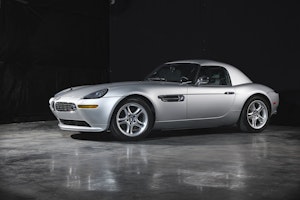
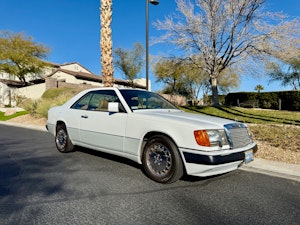
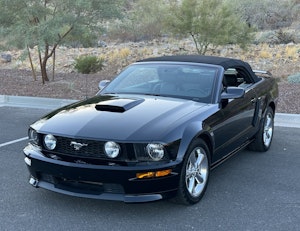
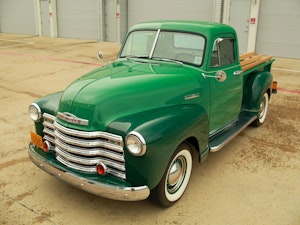

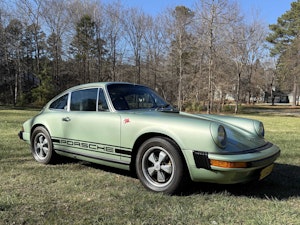
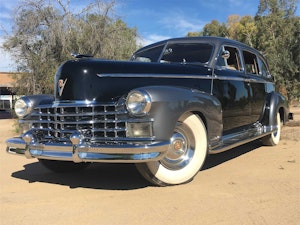
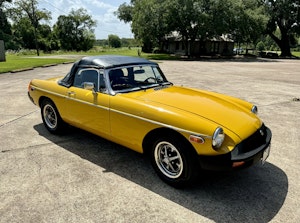





I have a 1968MGB, 70 MGB-GT, 86 VW Vanagon Westphalia, 2006 Saab 9-3 2.0T. I guess by what I have been reading here, about all of my cars are classics as I am also at 2 months shy of 75.😎